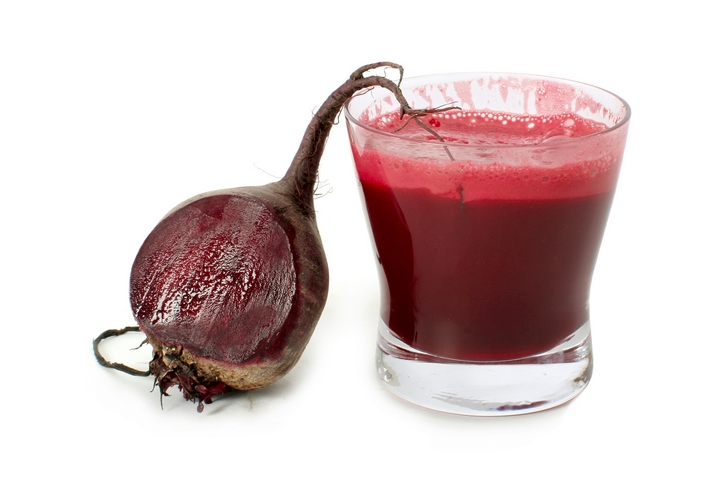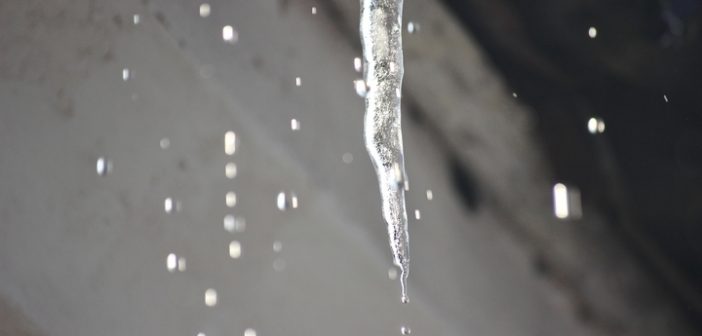Different de-icing applications require different ingredients and compositions. These could be liquid, granular or chemical-based.
The most appropriate de-icing application depends on the surface it’s applied to. Some surfaces are prone to corrosion if the wrong type of chemical de-icer is used. Whenever you are applying a liquid de-icer, consider its impact on the environment, materials, and structures and, of course, humans and the ecosystem.
1. Sodium Chloride (NaCl)

NaCl is a highly popular de-icing agent. It’s usually sold in solid form. However, it can be purchased as brine or a pre-wetted solution. Its practical lowest melting point is 15°F.
2. Magnesium Chloride (MgCl2)

Magnesium chloride can be purchased in liquid form, as flakes or as pellets. Usually, MgCI2 is wetted and added to sodium chloride to improve de-icing performance. It has a low practical melting temperature of 10°F.
3. Calcium Chloride (CaCl2)

Calcium chloride is corrosive and can be purchased as either pellets, liquid or flakes. To improve de-icing performance, it’s often wetted and added to sodium chloride. Its lowest practical melting temperature is -20°F.
4. Calcium-Magnesium Acetate (CMA)

CMA is the most common among acetate-based de-icers. It can be purchased in either powder, pellets, crystals or liquid form. It’s made from dolomitic lime and acetic acid. Its lowest practical melting temperature is 20°F. One can use it instead of road salt.
If applied in various concentrations, it can stop the formation of road ice down to -27 °C. The beauty of this de-icer is its low corrosiveness (as low as that of tap water). Besides, it can be used as a H₂S capture agent.
5. Potassium Acetate (KAc)/Glycol

This potassium salt is comprised of equal numbers of acetate and potassium ions. It’s usually purchased in liquid form and has a low practical melting temperature of -15°F.
It’s mainly used to de-ice aeroplane wings. However, it’s currently being phased out as a runway de-icer due to its toxicity. For this reason, at airports where it’s heavily used, it’s stored in ponds or holding tanks to avoid contaminating the environment.
6. Urea (NH2)2CO

The chemical formula for urea is (NH2)2CO. It’s naturally occurring in urine, but can also be artificially produced. Often used as a nitrogen-release fertilizer, its nitrogen concentration is very high. If it finds its way into streams, it can compromise the quality of water that animals depend on to survive.
Urea works best in temperatures above 20° F. As a de-icer, it’s a storage nightmare that’s often banned. Compared to others, it’s a costly de-icing method. It does not do well at temperatures of 25°F and below.
7. Potassium Formate

A strong hygroscopic white solid, potassium formate is an ideal environmentally friendly de-icer that’s perfect to use on roads. It’s a non-toxic formic acid salt mixed with water to create high density and a low freezing point. After decomposing into the environment, potassium formate produces carbon oxides, potassium salts, and water.
8. Sodium Formate Solid

This de-icing ingredient is effective in low temperatures and is dusty and granular. It’s used at airports as a non-corrosive ingredient to de-ice runways. It works by mixing with corrosion inhibitors, among other additives, to quickly penetrate ice layers and solid snow, detaching them from concrete or asphalt and promptly melting the ice.
9. Potassium Acetate Liquid

This ingredient has a low-freezing-point. It’s one of the most preferred de-icers by Canadian and U.S. airports. It’s used on taxiways, runways, bridges and peripheral roads.
It has replaced glycols at airports. It’s safer and more environmentally friendly than both ethylene glycol and propylene glycol. You can use it as an antifreeze for an aircraft lavatory.
This ingredient is widely used at major airports in Canada, the U.S. and Europe as an alternative to urea and glycol. It’s effective at temperatures of -20°F. It works extremely fast, within 5-10 minutes, and is less slippery than glycols.
10. Rubbing Alcohol

You can use alcohol to make a homemade de-icer for your car’s windshield. This quick DIY de-icer is comprised of two ingredients: water and 70% Isopropyl alcohol. The two ingredients are mixed in a spray bottle at a ratio of 1:2 to provide effective windshield de-icing.
11. White Vinegar

You can also use distilled white vinegar to make a homemade windscreen de-icer. Another easy DIY de-icer hack, the mixture is comprised of two ingredients: water and distilled white vinegar. The two are mixed in a spray bottle at a ratio of 1:3 for equally effective windshield de-icing.
12. Brine or Beet Juice

These are made from natural ingredients and are less toxic. They are highly friendly to the environment. Pickle brine and beet juice are said to melt ice quickly on roads and other surfaces. Beet juice can lower the water’s melting point to a low of -20° F.
However, like urea, a key disadvantage of beet juice as a de-icer is that it finds its way into streams. The sugars in it attract germs that feed on the oxygen found in water, compromising the quality of water, which animals need to survive.




